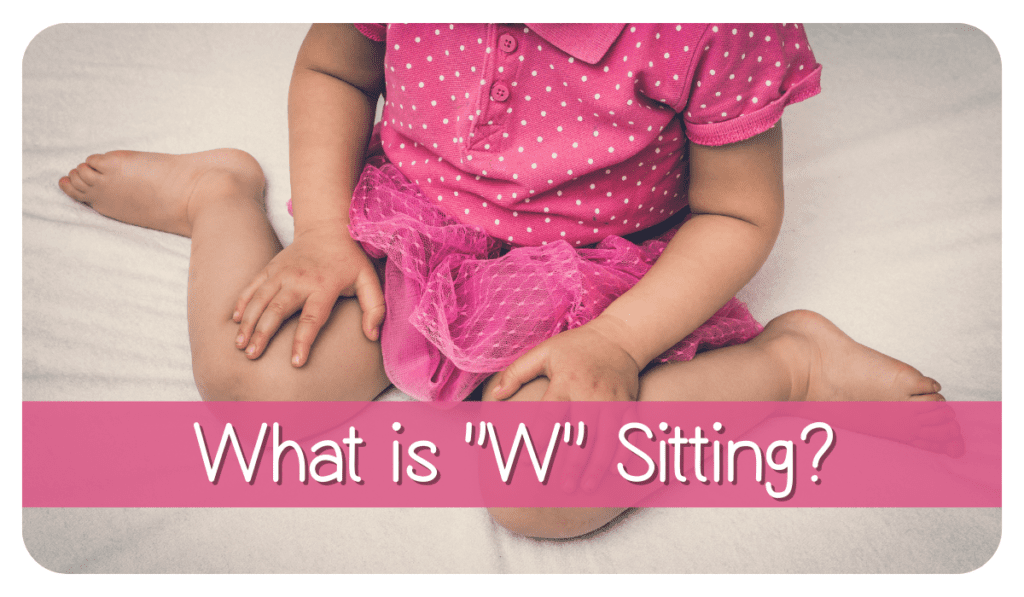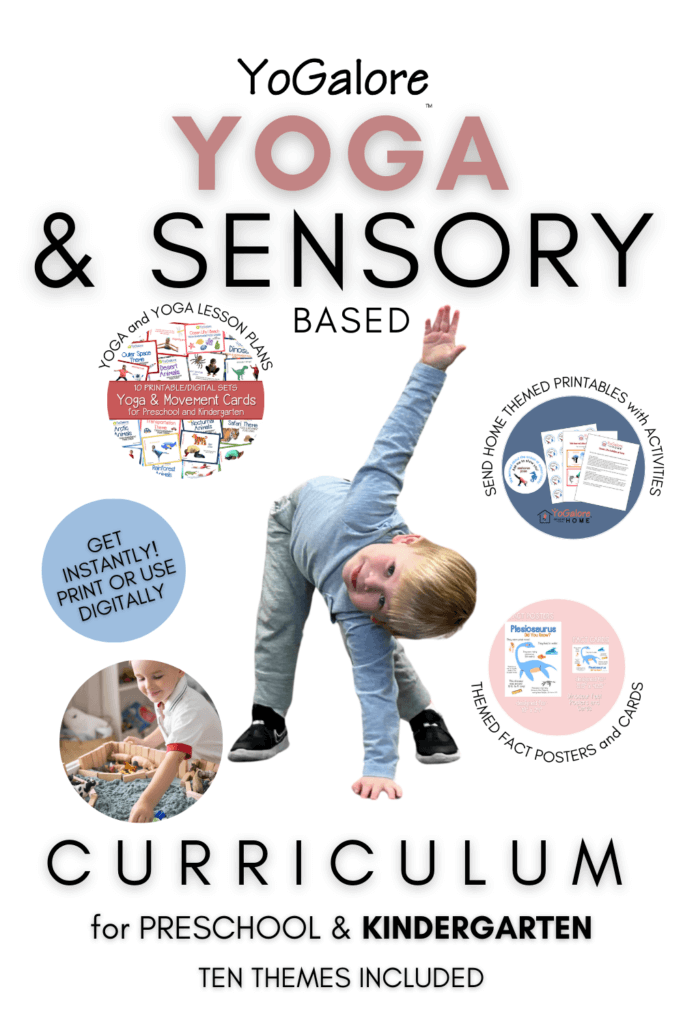Kids W sitting doesn’t seem like a big deal. Kids do it. Did you know that regular “W sitting” isn’t good for children? Sure, almost all kids do this from time to time. I’m speaking of children who do it repeatedly and habitually. That’s when it becomes a problem.
W sitting is a common position that children typically adopt when sitting on the floor. While w sitting may look comfortable and harmless, it can actually cause problems for children over time. This is because w sitting reduces the activation of core muscles and does not allow for full hip extension. As such, w sitting can lead to weakened core strength and poor posture in the long term.
As a yoga teacher I see kids W sitting a lot. We spend our time on the floor, not in chairs, so naturally I am very aware of seeing the W sitting. I don’t want to scold or discourage children, but I do want to encourage other options. I might say, “Let’s all sit criss-cross,” or, “Can you sit with your legs out in front?”
Something to note is that some children find “criss-cross” painful. Just because you or I don’t find it painful, doesn’t mean a child doesn’t find it painful. Dismissing a child when they say “it hurts” can be a slippery slope. Often children who W sit have a weakened core. But there can also be other issues that might need to be addressed in addition to the W sitting.
Fortunately, there are ways to help children who w sit. One way is to encourage alternative positions that provide more support to their legs and trunk while they sit, such as cross-legged or kneeling with tables and chairs designed at appropriate heights. Additionally, introducing regular yoga activities into children’s daily routine can help improve their core strength and posture by fostering mindful movement and developing body awareness. By involving w sitting poses, children can learn how to use the core muscles for stability and thus counterbalance w sitting’s negative effects. Through yoga, children will not only develop a healthier way of sitting but also gain freedom through movement.
“Superhero” pose is one way to help children strengthen their core, making w sitting in kids less necessary. Their core will over time be strong enough and they won’t need the extra support the W provides for them.
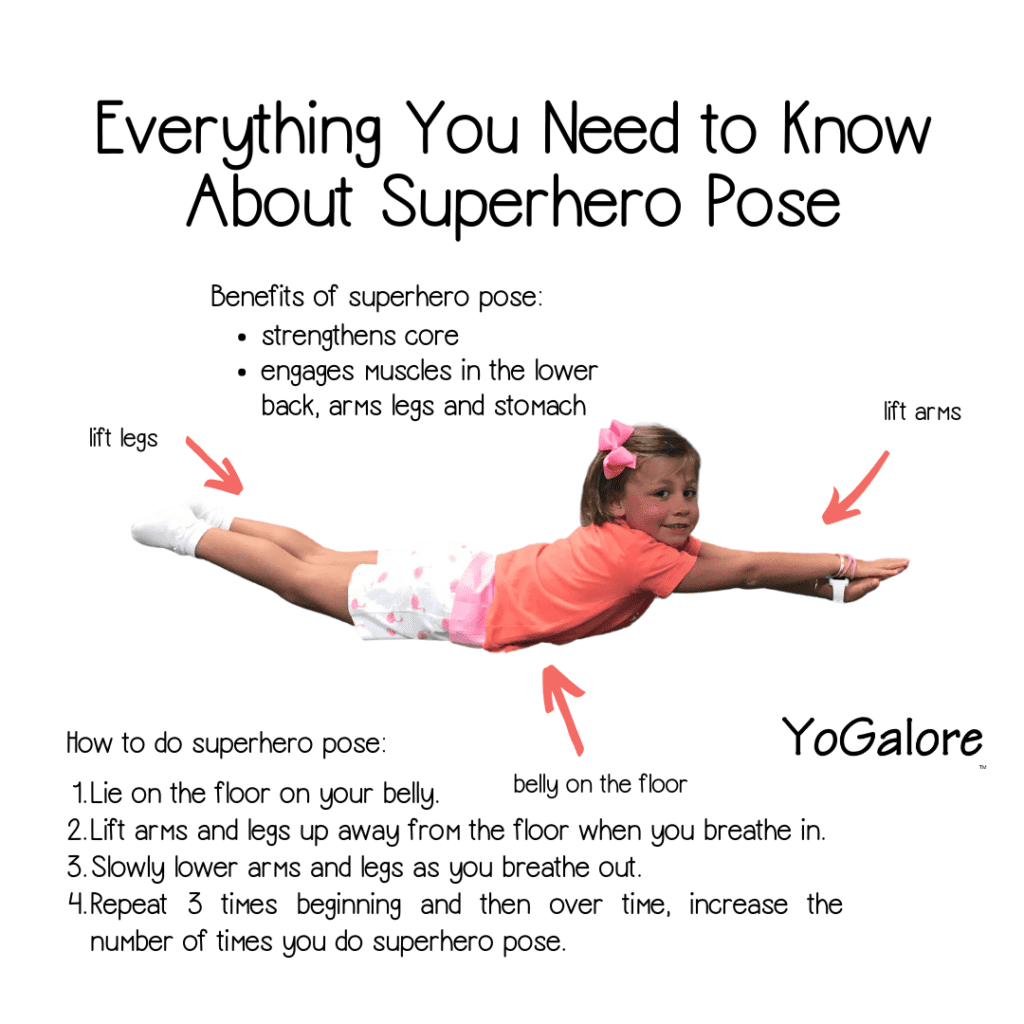
I cannot say this enough: If you have tried to encourage other sitting positions and even some core strengthening activities but are still concerned, mention it to your pediatrician. Don’t be dismissed. An evaluation from a pediatric occupational therapist can be a game changer not just for your child, but for your family and all those people who are on Team Your Kid. A good pediatric OT can evaluate your child and see things you may or may not have noticed.
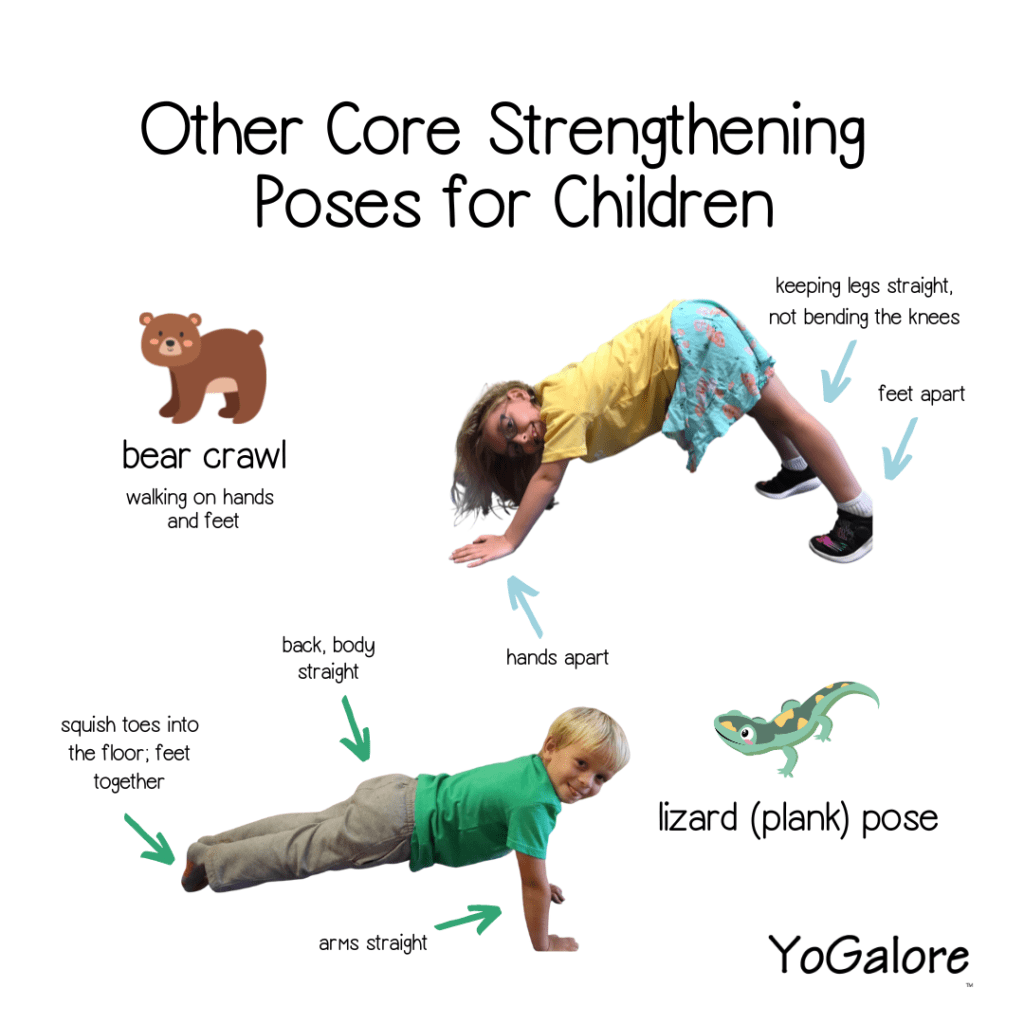
Just because you have your child evaluated doesn’t mean 1. There’s something WRONG with your child. It also 2. Doesn’t mean your child will qualify for OT services. But here is what an OT evaluation DOES mean: 1. The OT can make recommendations to you about things to work on at home. 2. The OT can make recommendations you should pass on to your child’s teachers and caregivers to help your child when you can’t be there. You have to be an advocate for your child and make sure that everyone who is on Team Your Kid has this important information. We all are on Team Your Kid. We want to help, but we can’t if we don’t have that information.
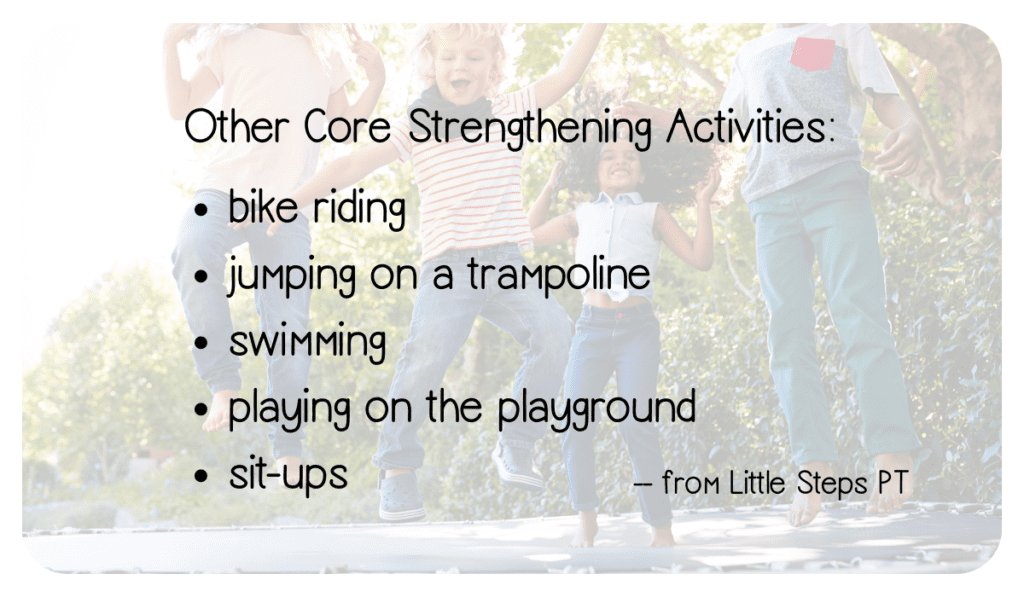
In conclusion, w sitting may look comfortable but it can be harmful if it is done too often. To prevent long-term consequences such as weakened core strength and poor posture, parents should encourage alternative positions while sitting and introduce regular yoga activities into their children’s routine. This will not only help improve their core strength and posture but also allow them to experience freedom through mindful movement.
References:
– “Why w sitting is not good for children”, Kidspot Australia.

